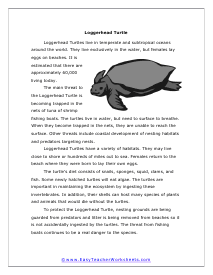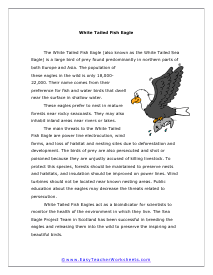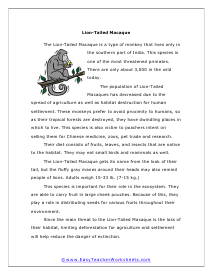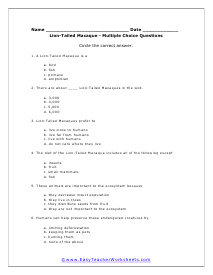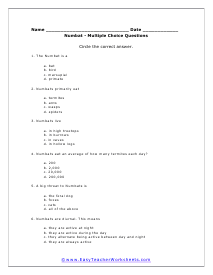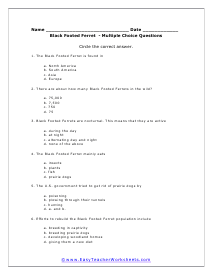The biggest reason most species become endangered is the loss of their natural habitat due to development. As forests are cut down, rivers dammed or diverted, and open land paved over, these animals no longer have safe places in which to live, breed, or find food. Your students will read short passages to learn about specific animals, and answer either multiple choice or short answer questions about the passage. Each answer sheet comes with its own answer key.
Thanks to awareness campaigns and conservation efforts, many animals have been saved from extinction, including alligators, white rhinos, and grizzly bears.









